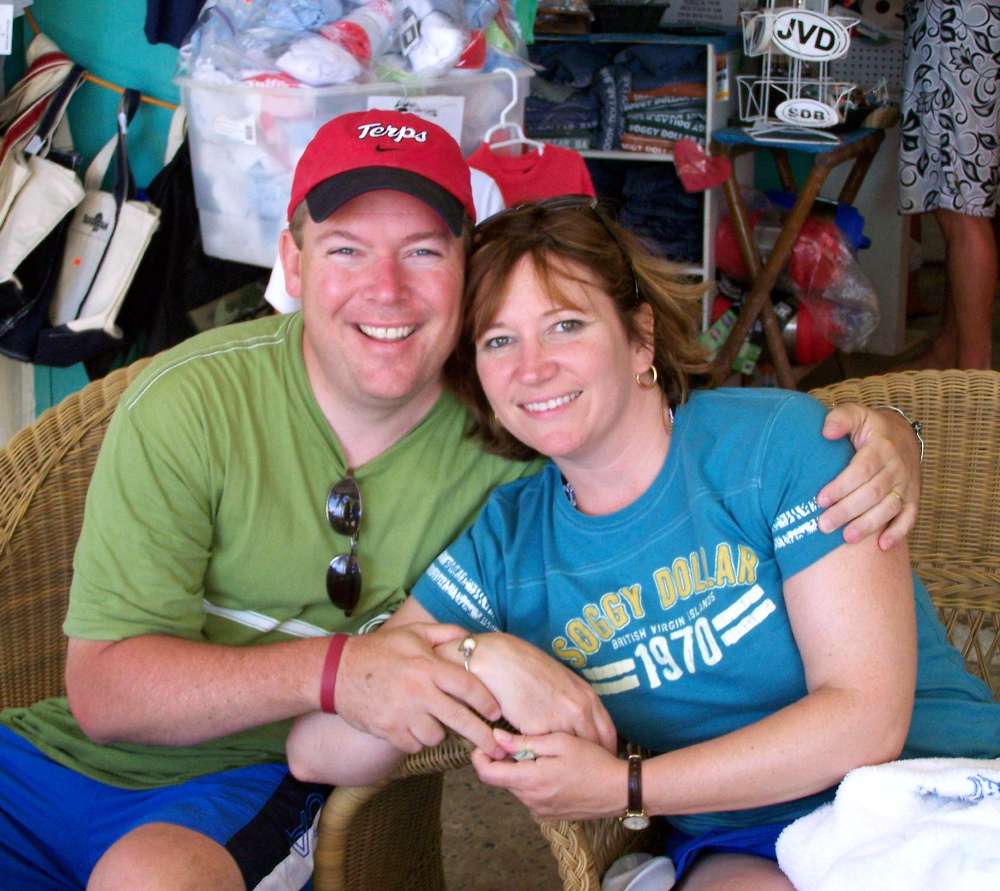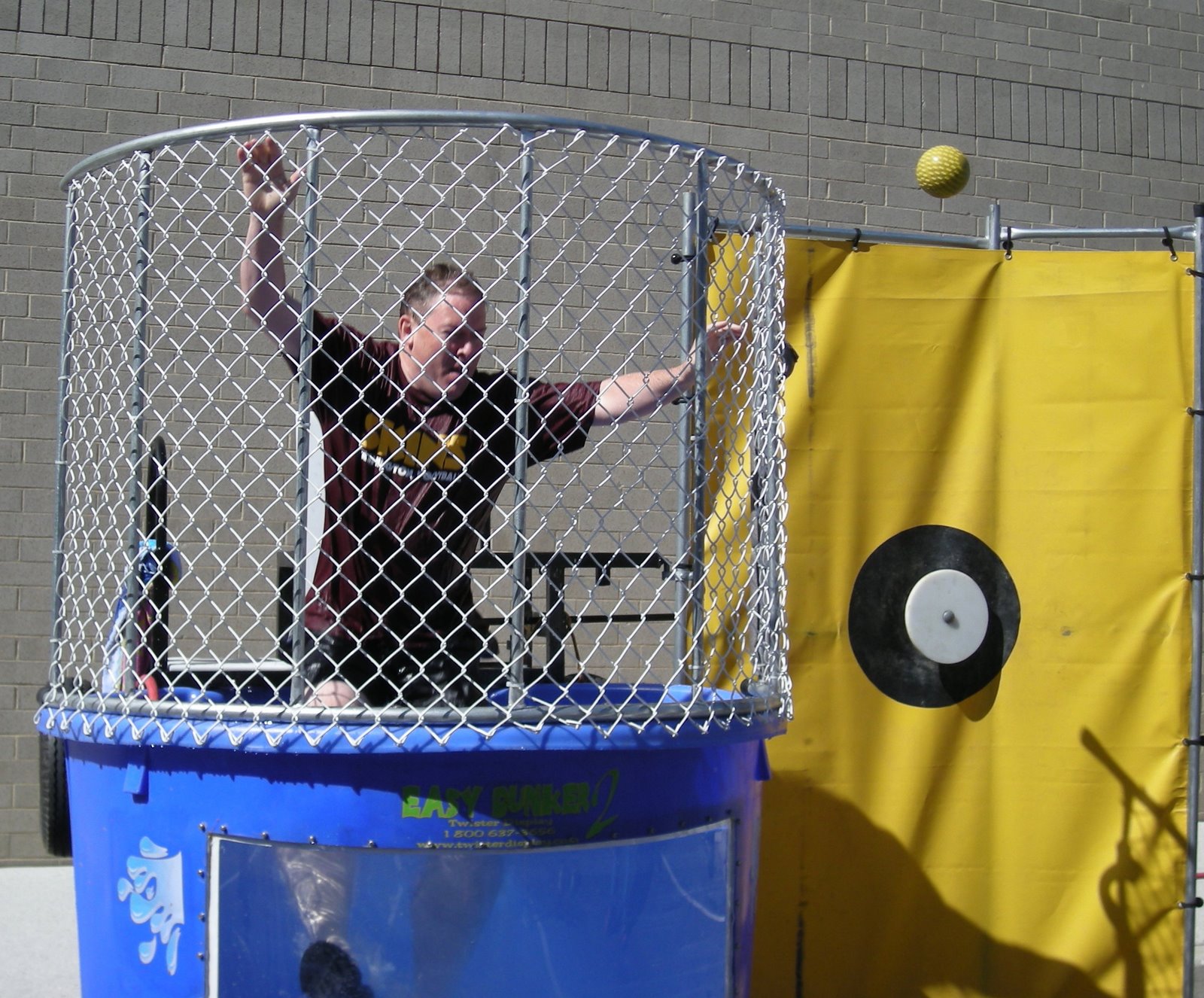The Baltimore Sun, May 16, 2010
Doug Spicher's seventh-grade science students focused intensely on the assignment at hand — an Internet-based computer program that allowed them to manipulate the color of a rabbit and its surrounding environment to teach natural selection and species survival.
The room at Wilde Lake Middle was relatively quiet. There was no clamoring over shared computers with Internet access. Each student worked on his or her own laptop.
"This is much easier, and they have total control," Spicher said while watching his students work diligently on the assignment. "It is a better learning experience for them."
A year ago, this lesson would have involved construction paper, taken a couple of days compared to a 30-minute class period, and been a lot less engaging, according to Spicher. But two pilot programs that resulted in wireless Internet access and 180 new netbook computers at the school have re-energized both students and staff.
The additional computers mean that at a given time, almost every one of the school's 480 students has access to a computer.
The programs also coincide with a technology initiative championed by Principal Thomas Saunders, who took over the school in the fall after an eight-year stint at Elkridge Landing Middle.
"It is awesome," Saunders said of the pilots. "It has been a great addition to the school."
The school hosted a technology open house Thursday, at which school system officials and community members visited classrooms and observed just how students and staff are using the new technology, which arrived at the school in February and March. Superintendent Sydney L. Cousin was joined by board members Sandra French and Allen Dyer and the school system's chief operating officer, Terry Alban.
Howard County School Board Member, Allen Dyer, watches students use netbooks in Social Studies
"I think it is fascinating," said French. "It's seems to make a great deal of sense. The students seem to love it."
Alban said she was thrilled by what she witnessed at the school.
"It supports what we want for the future of the school system," she added.
Wilde Lake Middle was able to receive the pilots due in large part to Saunders, who serves on the school system's Technology Taskforce. He immediately volunteered the school for the pilots, which fit into his learning approach called H.E.A.T., which stands for Higher order thinking skills, Engagement of student learners, Authentic problem-solving and Technology use. The approach, developed by Dr. Chris Moersch, sets up the framework for teachers to properly structure their lessons, according to Saunders.
The pilots have not been cheap. The wireless installation cost $41,556. And the new computers, special storage carts used to transport the equipment and service agreements cost $119,760. But Saunders has seen an immediate change in the staff and students, which he hopes will translate to academic success.
"I think there is a really positive energy," Saunders said. "The teachers are really loving the fact that they are part of a pilot and that they are able to do something on the cutting edge."
Saunders, who will be visiting Korea during the summer, hopes to set up partnerships between his school and schools there that should allow students to Skype with each other in the fall. Saunders also hopes that his students will participate in an Internet exchange with students at Mount View Middle School. Both schools are piloting a program that works as a "child-friendly" chalkboard, which is a type of social-networking site, according to Saunders.
Teachers have already made the most of the new resources. Spicher partnered with the University of Colorado at Boulder to take advantage of a slew of Internet-based research and learning programs.
"The excitement is across the board," Spicher said. "It has definitely enhanced the learning."
Spicher's students echoed the enthusiasm. Upon the completion of the day's lesson, seventh-grader Patrick Payne, 13, said: "This was cool. I'm going to the website when I go home."
Seventh-grader Erika Fabian, 13, said that the additional technology has helped immensely with the learning process.
"It makes it easier to go back and look at stuff we don't understand or if we didn't hear something," she said. "Learning has become a lot easier with computers and a lot more fun."
Seventh-grader NeeReja Gibson, 13, who sat next to Erika in Spicher's class, said her favorite lesson was when students dissected frogs using the traditional hands-on approach and using an Internet program from the University of Colorado.
"It was fun," she said, adding that she actually preferred the traditional method. "The computer program wasn't as fun, but it showed me what I was going to see."
The additional resources are particularly useful for this generation of tech-savvy students, according to Spicher.
"These kids are used to the technology," he said. "If we are not tapping into that, then we are doing them a disservice."





















No comments:
Post a Comment